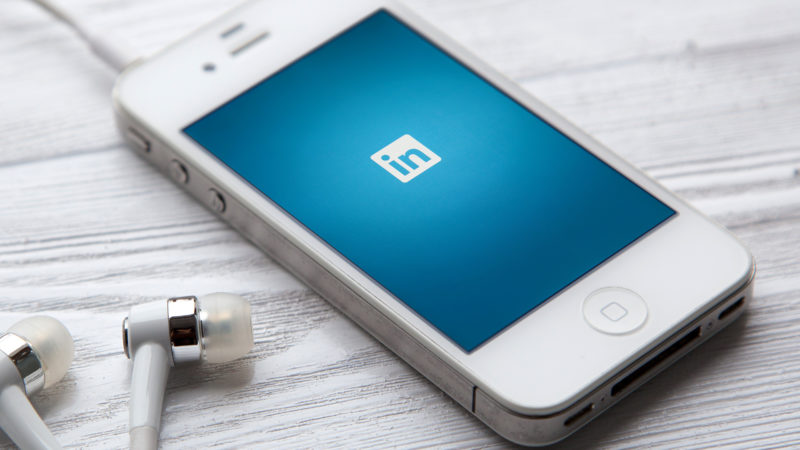LinkedIn’s sponsored content pivot helps ad revenue hit $154.1 million
LinkedIn's ad revenue grew by 29% in the first quarter of 2016, thanks to nearly 80% revenue growth from sponsored content alone.
Like seemingly every other digital media company, LinkedIn has been pivoting its ad business toward sponsored content and away from boring banners. And it seems to be working.
LinkedIn’s ad business — which the business-centric social network calls Marketing Solutions, because jargon — hit $154.1 million in revenue for the first quarter of 2016. That’s a 29-percent increase year over year.
Sponsored content — which includes posts that companies can pay to place in people’s feeds and pin on their own pages — now accounts for 56 percent of LinkedIn’s ad revenue. That translates to around $86.3 million, having grown by almost 80 percent over the past year.
On the flip side, the “Premium Display” side of LinkedIn’s ad business — banner ads it slots on the right-hand side of its desktop site — continues to dwindle. Revenue from that display ad business dropped by 30 percent year over year to account for around ten percent of the division’s revenue, or something like $15.4 million (LinkedIn didn’t give out the actual figures for each ad category).
That’s an intentional paring down of LinkedIn’s display ad business. The company would prefer marketers put their money towards its sponsored content, which can run on desktop and mobile, whereas display ads are limited to desktop. After all, 58 percent of the 106 million people who check out LinkedIn each month are doing so on mobile. To that end, LinkedIn has started selling those display ads programmatically, which would likely free up its sales teams to pitch sponsored content.
The sponsored-over-standard ad strategy played into LinkedIn’s decision in February to shut down its off-LinkedIn display ad network. At the time, the company’s CFO, Steve Sordello, said that the ad network “required more resources than anticipated to scale.” So instead, it’s putting those programmatic resources towards its sponsored content business and has started selling some of that sponsored content to run outside of LinkedIn.
But advertising still remains a secondary revenue stream for LinkedIn. More than half of its revenue — 67 percent — comes from LinkedIn’s recruiting-and-hiring business, compared to 18 percent from its ad business.
Overall, LinkedIn’s business got off to a good start in 2016 after a tough end to 2015. The company’s total first-quarter revenue topped $861.7 million, 35 percent more money than it made in the first quarter of 2015. That’s a lot better than the $828.5 million that Wall Street analysts, on average, expected it to make.
Contributing authors are invited to create content for MarTech and are chosen for their expertise and contribution to the martech community. Our contributors work under the oversight of the editorial staff and contributions are checked for quality and relevance to our readers. MarTech is owned by Semrush. Contributor was not asked to make any direct or indirect mentions of Semrush. The opinions they express are their own.
Related stories
New on MarTech
